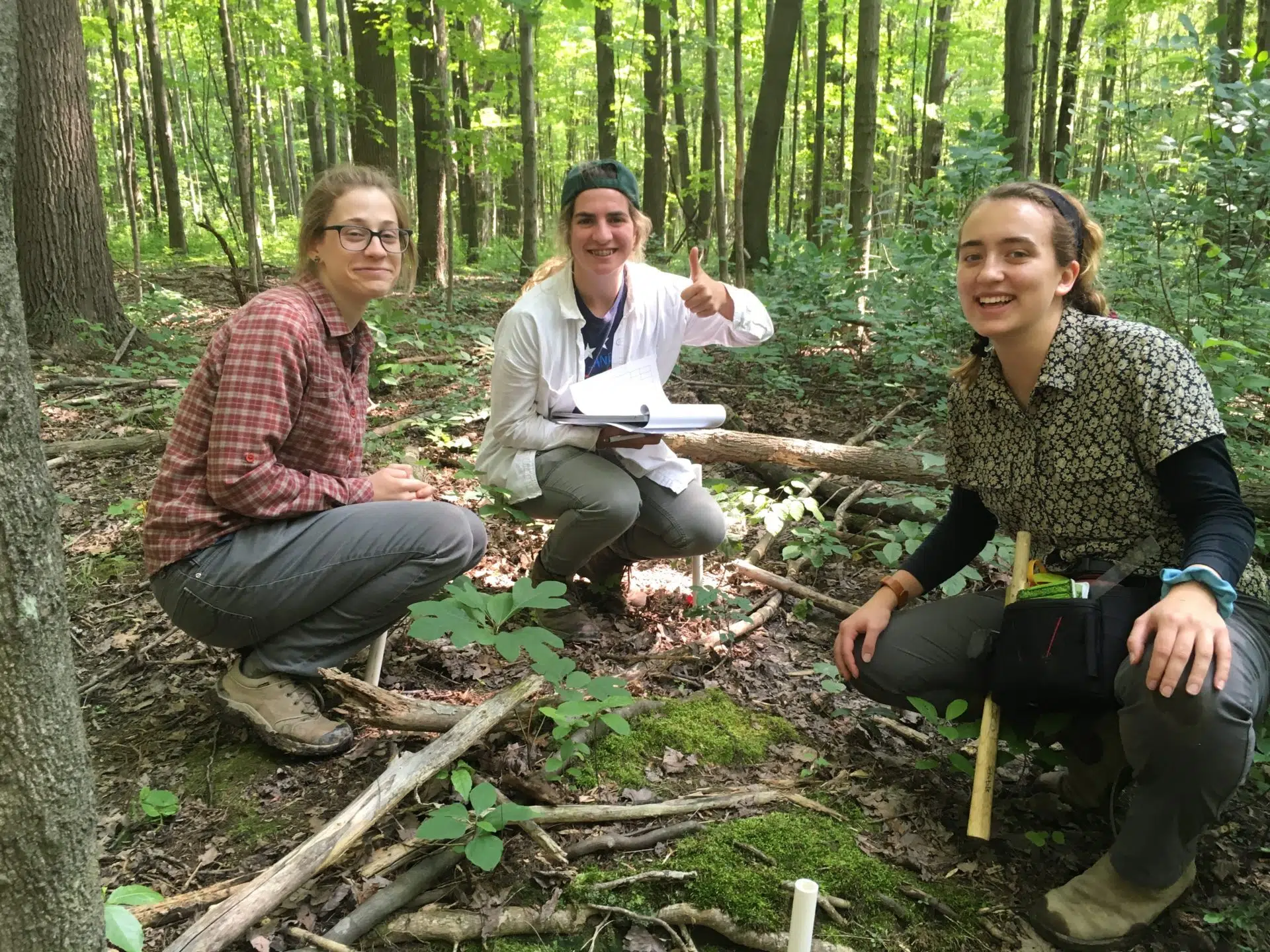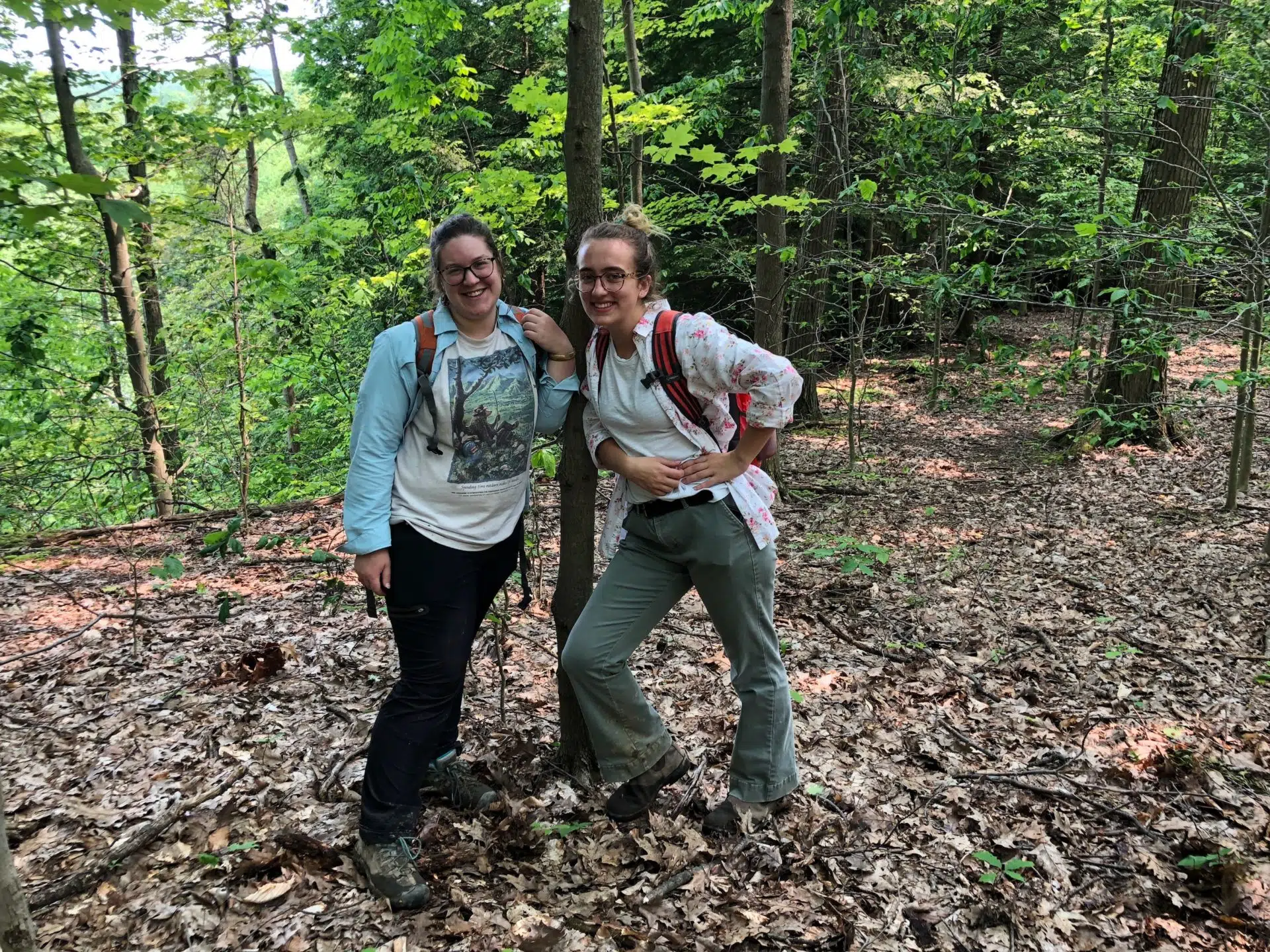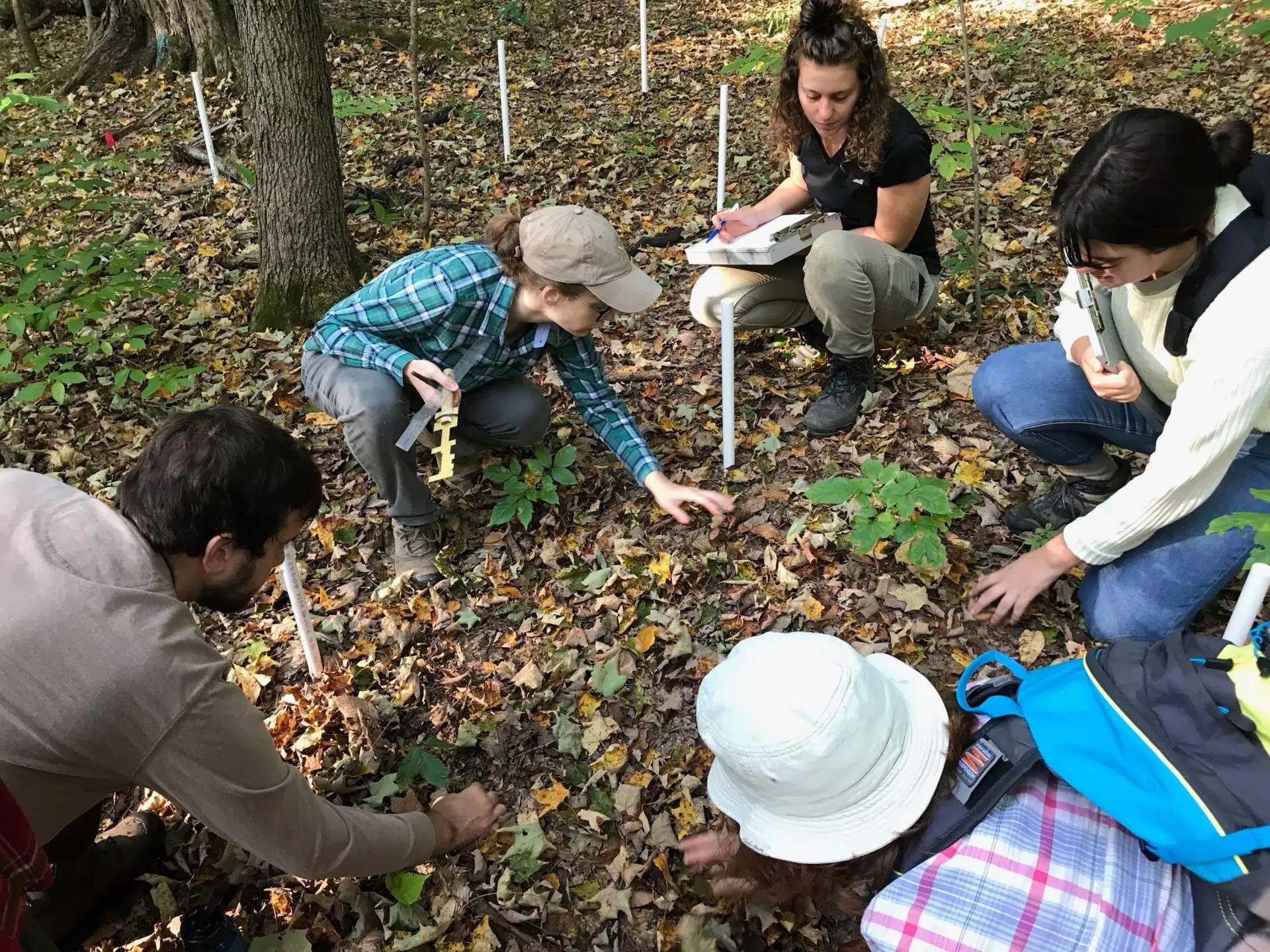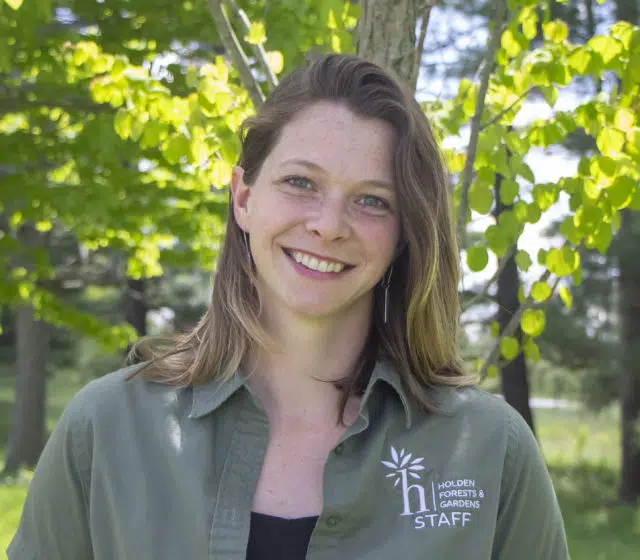Community EcologyForest management and restoration
In progress


Question
As agricultural lands are abandoned, young forests are increasingly common but tend to be less productive and biodiverse than their old growth counterparts. We’re exploring strategies we can use to accelerate the trajectories of these forests toward something that more closely resembles old growth.
Project Summary
We are exploring best practices in forest management in northeast Ohio, and beyond. Since 2018, scientists and conservation staff at the Holden Arboretum have partnered with area scientists and land management professionals to develop the Working Woods, a 67-acre forest management demonstration. In addition to serving as a public demonstration of multiple management practices, the site also serves as a living laboratory where we can quantify the impacts of various forest management practices within the region. In particular, we are quantifying the impacts of forest thinning with and without management of non-native species on forest biodiversity, productivity, carbon sequestration capacity, and more. This unique pairing of intense scientific monitoring with active land management allows us to prescribe regional best-practices in forest management.
Specific on-going projects within the Working Woods seek to answer: How does forest management influence productivity? Does forest management alter important interactions among species, including frugivory and herbivory? How does forest management impact patterns of recruitment, growth, and survival in the understory?
Keywords
forest, restoration, management, climate change


















